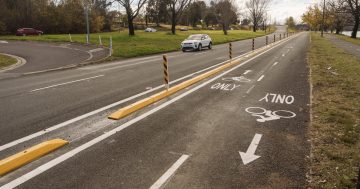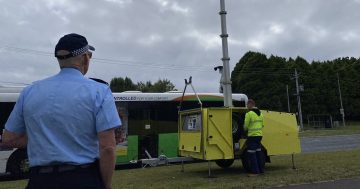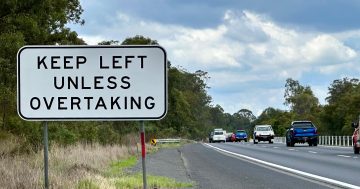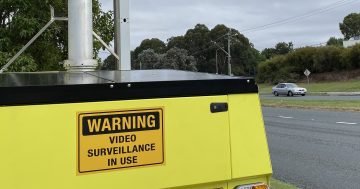[First filed: Aug 11, 2010 @ 15:04]
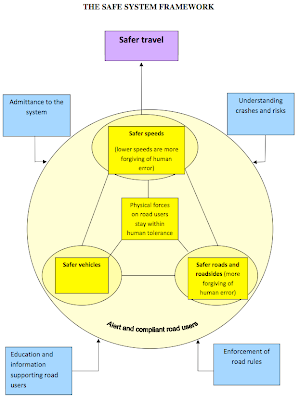
The Chiefly Stanhope (having recovered from his original vision zero preceding a road toll not seen in many years) has been chanting over the grave of the previous policy and now announces he’s going back to the people with a “discussion paper on how the ACT might adopt a ‘Vision Zero’ road safety strategy”.
The paper is up on the TAMS website and comes with details on how to get your submission into the discussion by 5pm 30 September.
The paper proposes doing more with the following motherhood statements:
— Engaging with the community on stronger road safety efforts;
— Emphasising speed management as a critical component of the safe system approach, with targeted awareness campaigns supported by strong enforcement and targeted engineering measures;
— Implementing safe system infrastructure—which could include local area traffic management measures, revised speed zoning, median barriers on undivided roads, and calming treatments at intersections;
— Strengthening efforts to encourage best practice in adopting vehicle safety technology;
— Developing an educational approach for all road users—with increased investment in strategic awareness campaigns and lifelong learning measures—in an attempt to change the ACT road safety culture;
— Supporting this broad educational approach with effective and sustained general enforcement measures;
— Implementing stringent controls to remove high end offenders from the road system, for example in relation to speeding and drink driving;
— Continuing efforts to obtain strong alignment with key road safety stakeholders on the overall approach to road safety in the ACT;
— Strengthening synergies between road safety and sustainability/environmental issues; and
Implementing best practice data and evaluation processes.
Possibly most striking is the paper’s musing over whether “towards zero” would be more useful than “vision zero” as a slogan.
UPDATE: Mr Stanhope has also announced the findings of a road safety survey which includes:
— a high proportion of residents believe that travelling on roads in the ACT is safe, with only 4% of respondents describing the roads as “unsafe” or “very unsafe”;
— 85% of residents believe that current speed limits in the ACT are “about right”, whilst 11% believe they are “too low” and only 3% believe they are “too high”;
— 85% of residents believe that increasing the number of police officers on the road would improve driver behaviour, and there is a very high level of confidence (85%) in the effectiveness of “police presence” in terms of speed enforcement;
— there is moderate belief in the effectiveness of fixed speed cameras (48%), point-to-point cameras (54%) and speed camera vans (56%);
— 87% of residents feel that compulsory breath testing helps to lower the road toll;
— 17% of residents admitted to answering their hand-held mobile phones when driving; and
roadside signage (electronic road signs and general road signs) was believed to be the most effective with regard to road safety advertising.
Further Update: The Liberals’ Alistair Coe is not impressed:
“Mr Stanhope has indicated that he will proceed with measures such as point-to-point speed cameras and a zero blood-alcohol limit for L- and P-plate drivers regardless of the outcome of any consultation; however we are yet to see any evidence to suggest these measures will make our roads safer.
“It seems that when it comes to a real analysis of the evidence surrounding road safety this data is simply not available,” said Mr Coe.
In an answer to a Question on Notice from the Canberra Liberals asking the number of motor vehicle accidents involving P and L plate drivers, the government replied that it was not possible to gather this data with ‘current systems’.
‘The availability of this data is crucial in targeting the government’s resources in the most effective way,” Mr Coe said.
“There is no consistency from this government when it comes to road safety with little to no meaningful action to make ACT roads safer, ” Mr Coe said.












